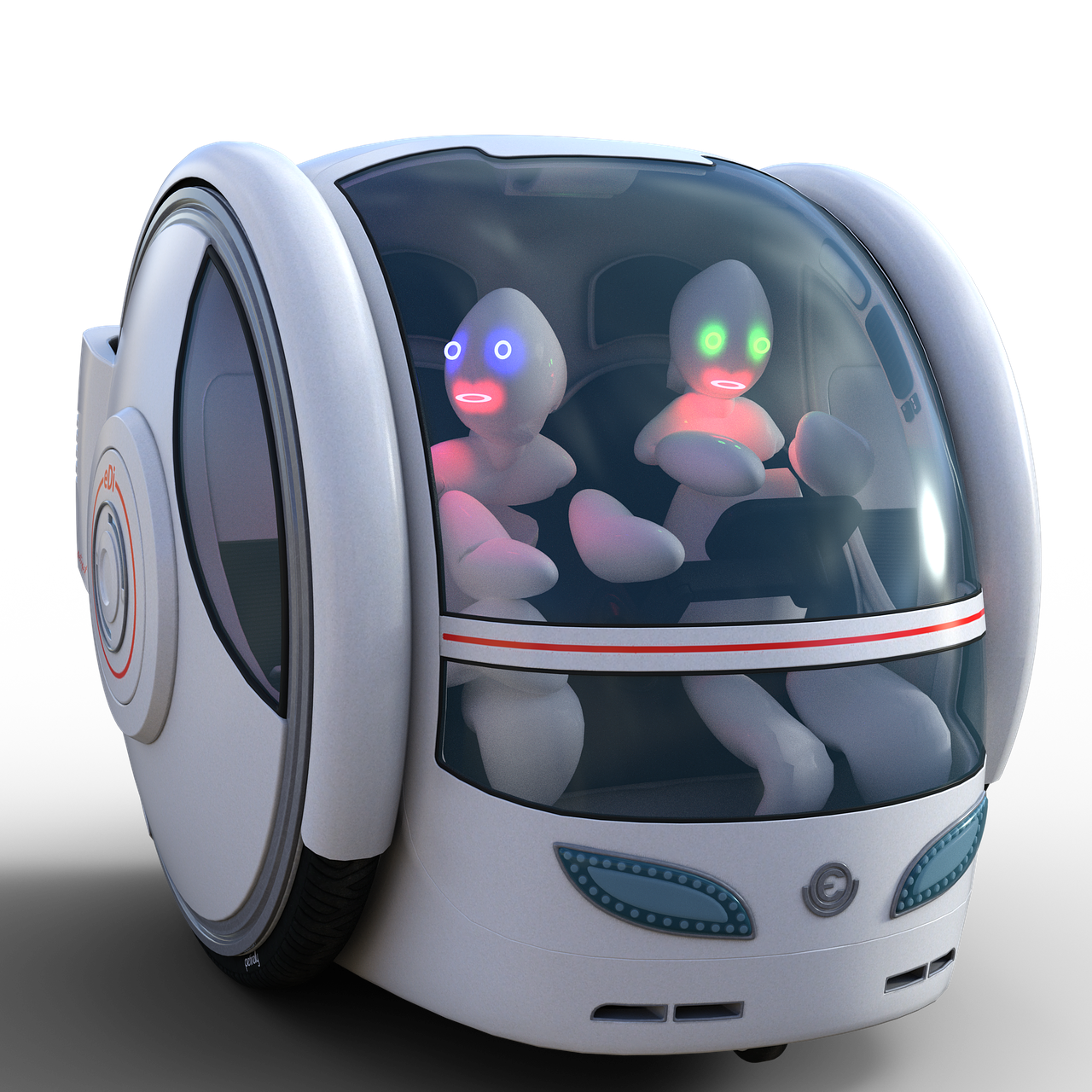I’m here to help you understand the game-changing world of the Internet of Things (IoT) in the automotive industry. Imagine cars that not only take you from point A to point B but also interact with you, anticipate your needs, and even communicate with other cars and road infrastructure. That’s what IoT is introducing to modern vehicles.
So, what exactly does the integration of IoT in the automotive context mean? It’s all about embedding sensors, software, and other technologies into vehicles to exchange data with the driver, other devices, and external services. This is more than just smart; it’s a transformative leap forward.
For drivers, the perks are plentiful. Enhanced navigation systems that reroute you away from traffic jams in real-time, predictive maintenance alerts that tell you about potential car troubles before they happen, and improved safety features are just the tip of the iceberg. And the landscape keeps on expanding.
While the current state of IoT in consumer vehicles is impressive, it isn’t without its challenges. As we increasingly connect our cars to the digital world, we have to grapple with issues of privacy and data security. It’s a thrilling and sometimes bumpy ride into uncharted territory.
In my opinion, the key is to strike a balance. We’re looking to harness the incredible potential of IoT to make driving safer and more efficient, without compromising on the freedom and privacy we cherish. Up next, we’ll explore how these burgeoning technologies are not just changing our individual driving experiences, but transforming the entire automotive industry.
Accelerating Change: How IoT Drives the Automotive Industry Forward

You might view your car as simply a means of transportation, but I’m going to tell you how it’s quickly transforming into a sophisticated, connected device. The Internet of Things (IoT) is fueling significant shifts in the automotive landscape, reshaping everything from the manufacturing process to the very essence of driving experience.
Consider this: IoT isn’t just making cars smarter; it’s optimizing entire supply chains, making manufacturing more efficient, and enhancing vehicle safety. Recent studies suggest that IoT technologies could reduce accidents, better manage traffic flow, and significantly decrease traffic-related deaths.
This transformation extends to areas like vehicle insurance and finance where usage-based models, thanks to IoT data, are increasingly accurate. For those conscious about the environmental impact, IoT in the automotive sector offers a beacon of hope through improved fuel efficiency and support for electric vehicle (EV) advancements.
As we peer into the future, the prospects of autonomous vehicle development leveraging IoT are on the horizon. The collaboration between AI, sensor technology, and IoT is paving the way for self-driving cars, which could revolutionize personal and commercial transportation. However, along with these promises, there are challenges such as ensuring cybersecurity and data privacy.
In my opinion, IoT’s influence on the automotive industry is undeniable, setting a rapid pace for innovation and market changes. We’re witnessing a surge in the use of connected devices in cars, and this transformation is only going to accelerate. I’m excited to delve into the specific car companies pioneering this charge in the next section.
Pioneers of the Connected Road: Auto Companies Leading with IoT

When it comes to integrating Internet of Things (IoT) technology in cars, certain auto companies are steering the pack. Names like Tesla, BMW, and General Motors aren’t just recognized for their vehicles anymore; they’re synonymous with innovation in connectivity.
I’m going to outline how these industry giants are not only using IoT technology, but they’re shaping the future trends of automotive design and driver experience. Features like remote diagnostics, over-the-air updates, and smart navigation are already changing the way we interact with our vehicles.
It’s not just a one-company show, either. Partnerships are a key strategy for accelerating IoT integration. Tech companies specializing in software, sensors, and data analytics are joining forces with traditional auto manufacturers to create a seamless IoT ecosystem within vehicles.
We also can’t overlook the underdogs – the vibrant startups bringing breakthrough IoT applications to the table. Companies like Zoox and Waymo may not be household names yet, but their contributions to autonomous driving and advanced vehicle systems are gaining traction fast.
The proof is in the pudding, or rather, in the response from drivers. Consumer demand for advanced safety features, entertainment options, and vehicle efficiency is driving automakers to continually adopt and innovate with IoT technologies. Ultimately, it’s a win-win: consumers get smarter, safer cars, and companies stay competitive in a rapidly evolving market.
On the Horizon: IoT’s Expansive Role in Smart Vehicle Evolution
I’m going to delve right into this – the rapid pace at which the Internet of Things (IoT) is being assimilated into the automotive industry is staggering, and it’s opening doors to what we refer to as ‘smart vehicles’ today. Smart vehicles don’t just operate in isolation; they are part of a broader, interconnected ecosystem that spans from the car itself to the entire urban landscape it traverses.
Now what is a smart vehicle? At its core, it’s a car that utilizes IoT technology to enhance the driving experience, increase safety, and reduce environmental impact. And yes, this isn’t just about having a fancy touchscreen or voice commands for your playlist – it’s about deeply integrated systems that interact with traffic lights, road sensors, and other vehicles to create a seamless flow of traffic and information.
You’re going to find out that as smart vehicles become more prevalent, they’ll call for changes in how we all behave on the road. It’s not just about the technology; it’s about the way we adapt to these cars that essentially ‘talk’ to each other and make real-time decisions.
The ethical aspect of smart vehicles is also what comes next. Sure, we can appreciate the convenience, but there’s an ongoing conversation about how much data is shared and who keeps tabs on it. Balancing convenience with concerns about surveillance is the talk of the town, and rightly so. Privacy policies and regulations will need to keep pace with technology to protect individual rights without stifling innovation.
Looking to the future, the potential for IoT in smart vehicles is profoundly exciting – there’s a lot of opportunity in advancing vehicle-to-everything (V2X) communication, refining autonomous driving, and even integrating vehicles into the smart grid. So my question to you today is, “Are we ready for the revolution that IoT is bringing to the streets?” Because ready or not, it’s already shifting gears.

